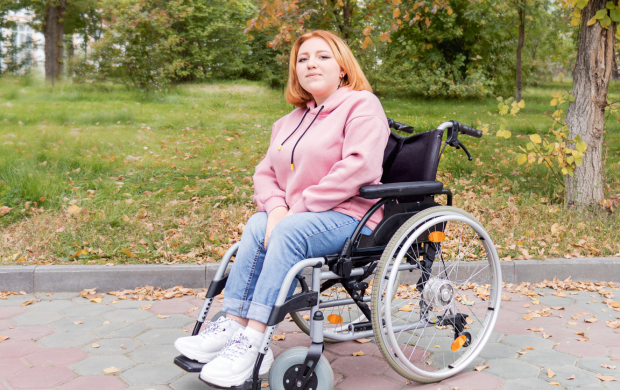Adapting to mobility challenges can be a daunting task. Your day-to-day life may undergo considerable changes, and it’s vital to approach these with a practical mindset. Whether your mobility needs have evolved gradually or suddenly, this guide is here to support you in making informed decisions. It’s about finding ways to maintain your independence and quality of life. From simple home adjustments to understanding public spaces better, every step you take towards adapting plays a crucial role in preserving your autonomy.
The Transition To Wheelchair-Accessible Vehicles
Shifting to a wheelchair-accessible vehicle marks a significant step in adapting your lifestyle to mobility challenges. It’s about ensuring your travel remains convenient, safe, and comfortable. Consider the space and accessibility features you’ll need: room for the wheelchair, easy entry and exit, and comfortable seating. Your vehicle should cater to your specific requirements, facilitating freedom and independence. You can opt for wheelchair accessible vehicle hire to try using one to see if it is right for you and your needs.
Think about practicalities like parking spaces and garage dimensions too. These factors influence your choice of vehicle. Also, reflect on the areas you frequently travel to – are they wheelchair-friendly? This foresight helps in making a decision that truly fits your lifestyle.
Adapting to a wheelchair-accessible vehicle isn’t just about the car itself; it’s a commitment to maintaining mobility and independence. With the right vehicle, you’ll find that the roads ahead are just as open to you, offering the same opportunities for travel and exploration.
Mobility Challenges And The Workplace
Adapting your professional life to mobility challenges requires consideration and planning. It’s about creating a workspace that supports your needs while ensuring you continue to thrive in your role. Start by assessing your office environment. Is it accessible? Are there any modifications that could make your daily tasks easier? Simple adjustments can make a big difference in your comfort and productivity.
Open communication with your employer is key. Discuss your specific needs and explore possible accommodations. This might include flexible working hours, ergonomic equipment, or remote work options. Remember, your employer has a responsibility to support your needs, and there are legal frameworks in place to protect your rights.
Your career doesn’t have to be hindered by mobility challenges. With the right support and adjustments, you can continue to excel and contribute valuably. It’s about finding a balance that works for you, ensuring your professional journey remains as rewarding and successful as ever.
Home Modifications For Enhanced Mobility
Creating a living space that caters to your mobility needs is crucial for comfort and independence. Start with the basics: clear pathways and remove any potential tripping hazards. Your home should be a place where you can move freely and safely. For added support, consider installing grab rails in key areas like the bathroom and near stairs.
Flooring is another important aspect. Opt for non-slip surfaces to reduce the risk of falls. If you use a wheelchair or mobility aid, ensure your flooring is durable and offers easy manoeuvrability. With thoughtful modifications, your living space can be a sanctuary that supports your mobility and allows you to live with greater ease and independence.
Adapting to mobility challenges is a personal journey involving practical adjustments and understanding your unique needs. By embracing these changes and making informed decisions, you can continue to live a fulfilling and autonomous life, overcoming obstacles with resilience and confidence. Your ability to adapt is not just about mobility; it’s about reclaiming your freedom and living life on your terms.








